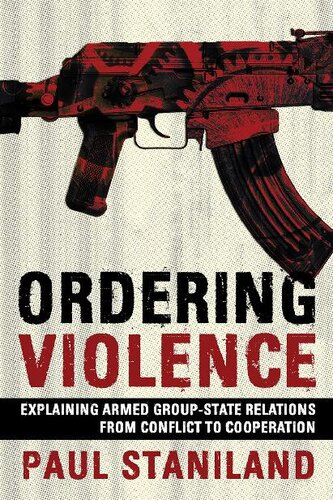

Most ebook files are in PDF format, so you can easily read them using various software such as Foxit Reader or directly on the Google Chrome browser.
Some ebook files are released by publishers in other formats such as .awz, .mobi, .epub, .fb2, etc. You may need to install specific software to read these formats on mobile/PC, such as Calibre.
Please read the tutorial at this link: https://ebookbell.com/faq
We offer FREE conversion to the popular formats you request; however, this may take some time. Therefore, right after payment, please email us, and we will try to provide the service as quickly as possible.
For some exceptional file formats or broken links (if any), please refrain from opening any disputes. Instead, email us first, and we will try to assist within a maximum of 6 hours.
EbookBell Team

0.0
0 reviewsInOrdering Violence, Paul Staniland advances a broad approach to armed politics—bringing together governments, insurgents, militias, and armed political parties in a shared framework—to argue that governments' perception of the ideological threats posed by armed groups drive their responses and interactions. Staniland combines a unique new dataset of state-group armed orders in India, Pakistan, Burma/Myanmar, and Sri Lanka with detailed case studies from the region to explore when and how this model of threat perception provides insight into patterns of repression, collusion, and mutual neglect across nearly seven decades. Instead of straightforwardly responding to the material or organizational power of armed groups, Staniland finds, regimes assess how a group's politics align with their own ideological projects. Explaining, for example, why governments often use extreme repression against weak groups even while working with or tolerating more powerful armed actors,Ordering Violenceprovides a comprehensive overview of South Asia's complex armed politics, embedded within an analytical framework that can also speak broadly beyond the subcontinent.